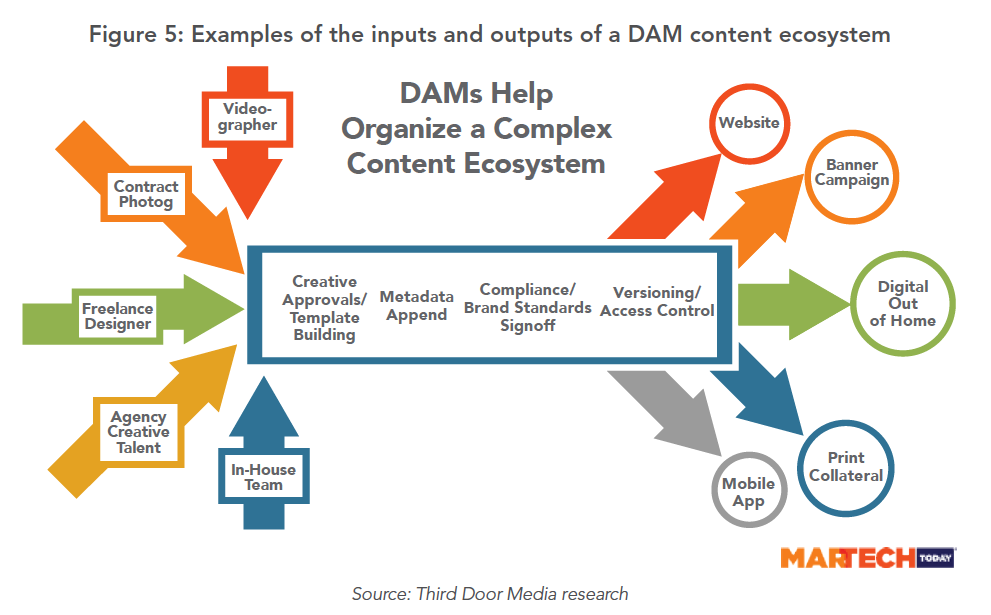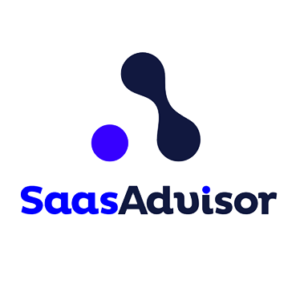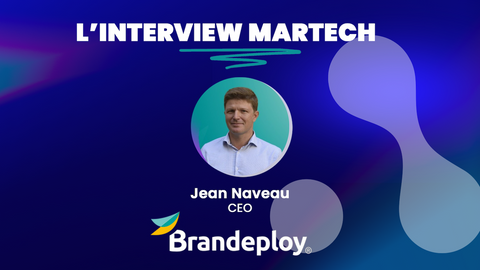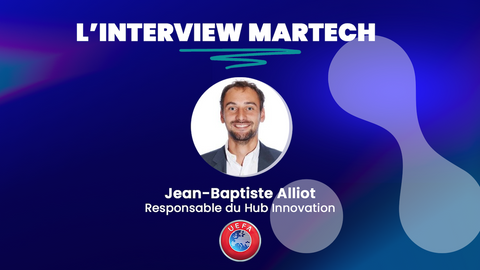When it comes to marketing technology, digital asset management (DAM) has increasingly become a staple in company’s marketing stacks. The practical use cases, the time saving aspects, and the positive impact on brand image can all be seen as driving factors. We have seen the rise of some really great DAM technologies and we want to dive into them today. First off, we need to understand what a DAM is, what it does, and how it can help businesses!
Today we will answer the following questions:
- What is DAM?
- Why use a DAM platform? What are the use cases?
- What are the differences between PIM and DAM? How are they complementary?
- Who are some of the main vendors of digital asset managment?
- What should you look for in a DAM platform?
Let’s get started.
What is DAM?
DAM stands for digital asset management, and it is a platform where users can find all of their digital assets that have been created for their brand. Think images, PDFs, audio and video files, logos, campaign content, and so on. It allows companies to easily store, organize, locate, manage, distribute and analyze their digital content.
This makes the accessibility of a company’s content simpler and more streamlined. Imagine you work for a large, multinational corporation that has several brands. You are looking for a specific campaign file for a brand. Instead of having to email different colleagues to try and locate the file, you can log onto the DAM platform and easily find it yourself. For big companies, this is a huge time saver!
DAM technology isn’t necessarily new. It has been around in one form or another for over 25 years, and was originally created as a specialized file storing solution for sectors like media and publishing. Today, it has grown to be so much more than that, and is one of the leading categories in the martech ecosystem.
The DAM provider Cloudinary had this to say in response to the question of how DAM has evolved:
Today, DAM systems are cloud-based, integrated libraries capable of delivering content to numerous different devices, channels, and repositories. Application programming interfaces (APIs) enable assets to plug into apps and efficiently perform routine tasks. Furthermore, through artificial intelligence (AI), DAM systems can aptly tag and cross-reference assets, predict content needs, and recommend content to audiences.
Cloudinary
And that is not all. DAM systems are set to advance in the coming future. More and more DAM systems will leverage AI and other developments to deliver personalized, relevant content to audiences. In addition, they will create better workflow automation by automatically carrying out simple file-management tasks, like converting file formats and distributing files to users.
These exciting advancements have led to analysts predicting a huge growth of the Digital Asset Management market. It is believed that the DAM market will grow to account for almost $6.9 billion by 2024! This would represent over a 34% increase in annual growth rate from 2019-2024.
It is pretty clear to see why this expansion is being predicted. In 2018, after a marketing technology survey was conducted, it was found that 79% of marketers had either fully deployed or were in the process of deploying a DAM solution. (Source: Gartner)
Why Use a Digital Asset Management Solution? What are the Use Cases?
While initially created just for file management, DAM had evolved to be used in a variety of ways by a variety of companies. Marketers may use DAM to maintain brand consistency, improve analytics and deliver insights, and keep their content secure. Others may use it to improve collaboration, speed up time-to-market, and ensure GDPR compliance.
When it comes to marketing technology, or martech, DAM platforms have become a foundation of many companies’ martech stack. This means that they are one of the most prevalent technologies found in a digital ecosystem. Another example of a foundational technology that can be found in a martech stack is CRM. This is because Digital Asset Management can help improve team efficiency by reducing management, design and production costs, while streamlining approval processes and improving asset reuse.
Advantages
Digital Asset Management systems help companies store, organize, find, retrieve, share, and publish their digital content. Content ecosystems can be complicated, especially in big companies. Not only are the huge amounts of digital files, but they can also come from multiple sources. Freelancers that may have been hired for a project, agencies that created content, or in-house creation are all examples of these sources. DAM platforms give a single platform for all of these parties to upload, store, and retrieve their content without the worry of things being mixed up or lost. It creates a simple, more streamlined content ecosystem.
Some other notable advantages include:
- The ability to find digital content quickly, and without specific training
- Avoiding the recreation of existing digital content
- The prevention of digital content going unused
- It makes resource navigation simple and intuitive
- It allows you to access and share files anytime, anywhere, and on any device
- Facilitation of the distribution of content across multiple channels like social media, content management systems, etc.
- It can aid companies in maintaining brand consistency across all content
- Identification of opportunities for the reuse of digital content
- Analysis of asset performance and usage
Use Cases
A DAM platform can perform a number of functions within a company. Firstly of course, is file management. DAM software provides a place where a company can store digital assets for use when creating, producing, and managing content. It allows users to access a “library” of digital assets whenever they need to.
Another use case is product marketing management. This use case is ideal for businesses that want to share product information with retailers and distributors. DAM platforms that have big product databases can capture SKU (stock keeping unit) information to detail things such as size, weight, distribution, and other product data. They can also link to product information such as advertisements and branding material.
DAM software also facilitates content creation and collaboration, and promotes creative workflow management by streamlining management processes across the lifecycle of content (creation, upload, usage, etc). Marketing and design teams can easily store and use assets across different media channels with simple conversion processes. Even though asset creation is not necessarily a component of DAM software, DAM can streamline the process by acting as a repository for any content that may be needed to use or reference in the creation process. DAM can also help create more efficient and quality content creation processes by transforming files into different forms.
Finally, DAM software facilitates better brand management by allowing all departments to work with the same, most up-to-date versions of digital content. Consistent branding is incredibly important to companies. DAM allows companies to tell a clear and consistent story about their brand through visual media like images, videos, presentations, ads, and other marketing content.

Who are Some of the Main Digital Asset Management Vendors?
Digital Asset Management takes up a big chunk of the martech market, and there are a myriad of different options available. We created a (by no means complete!) list of some of the most notable vendors:
- Wedia
- Adobe
- Cloudinary
- Widen
- Aprimo
- Celum
- Bynder
- Brandfolder
- Ephoto
- Nuxeo
- Drooms
- Adiict
- Templafy
- Keepeek
- Oodrive
There are always new players coming into this space. Just as all businesses are a little different, so are technologies. We suggest shopping around and doing your research to see what vendor might be best for your business needs.
What are the Differences Between PIM and DAM? How are they Complementary?
Digital Asset Management software is often associated with PIM software, which stands for “Product Information Management”. As is the case with many technologies, sometimes the two get mixed up. We want to give a quick overview of the differences between the two.
As we have seen, DAMs enable the management, organization, and distribution of digital content. PIM software, on the other hand, allows you to centralize, enrich, and distribute product information on all sales channels, particularly e-commerce sites. Therefore, Product Information Management is much more product-focused, specializing in things like technical information, prices, marketing descriptions, etc. while DAM is more focused on the digital media surrounding the product (photographs, visuals, videos, etc).
The two tools are actually quite complementary, and used together can create a streamlined experience for companies. There are even solutions that take the two principles and blend them into one platform! NextPage is a great example of this, as they have positioned themselves as a fully integrated solution for these two niches.
It is important that these two technologies work together, because according to a Shotfarm Product Information study, the two most important factors in the buying process are the product description and the photos that accompany it.
What Should You Look for in a DAM Platform?
Digital Asset Management has been successfully implemented into many companies, and you may be already using one. However, if you have yet to implement a DAM system and are curious for what to look for, looking to change vendors, or need some guidance in the selection, we are here to help. At Saas advisor we consult with our clients on multiple different marketing technologies to ensure they are making the most out of their technology. Interested to learn more or to discuss your project?
We will also give a quick run-down of what to look for in a DAM platform. Firstly, there are ten capabilities that a DAM platform should have, commonly known as the “core features”. They are as follows:
- Ingest: DAM enables ingestion of assets, either one by one or in bulk, with convenient application of metadata to images.
- Secure: When assets are ingested, DAM secures them with Access Control Lists (ACLs) and permissions that specify which user roles can access or modify images.
- Store: DAM stores large volumes of creative assets and their metadata, enabling fast retrieval.
- Transform: DAM converts images to the required formats and generates “native” thumbnails, typically without smart resizing or cropping. Some DAM solutions enable manual editing of images and documents in the interface.
- Enrich: Once assets are in place, DAM makes it easy to enrich them with metadata and to generate analytics on their usage.
- Relate: DAM tracks relationships between assets and versions or variants of the original assets, making it easier to bundle, find, and manage th
- Process: DAM defines a structured process for working with assets, from creation through versions, approvals, and publishing.
- Find: DAM offers easy ways to find assets by searching metadata, collections, image attributes, and workflow stages.
- Preview: Users can preview images, videos, or other assets before downloading them.
- Publish: DAM outputs a link for sharing the file with other creative users.
Please note that these are the basic functionalities of DAM, and that the technology is growing and evolving. Advanced DAM systems have even more powerful capabilities, specifically when it comes to the transform, preview, enrich, and publish features. Check out Cloudinary’s guide to dive deeper into these advancements.
You should ensure your DAM can easily perform all ten of these functions. While there are some really amazing solutions out there, there are also some that fail to meet all of the core features. In addition, there are some other characteristics you can consider when choosing a software. They include:
- User Experience : It is important to choose a software that is user-friendly. When implementing any new software, ensuring there is a positive user experience is crucial in ensuring the staying-power of the software within your organization.
- Performance : Make sure the software can keep up with your needs, and fast! Test out the uploading and downloading features to make sure it is the right fit.
- Integrations : The ability to integrate with your other tools is another factor to take into consideration. Many DAM softwares have long lists of available integrations, make sure to take a deeper look!
- Security : Take special care to choose a provider that ensures security for all of your data, and ensures you are always compliant with any laws, notably GDPR.
According to analysts, Digital Asset Management platforms will only continue to develop and grow in the future. If you are curious about how to integrate a DAM into your marketing stack, or are interested in learning more about Saas Advisor and what we can do for your company, we would be happy to hear from you.
Looking for your next article? Check out our guide to social listening!





